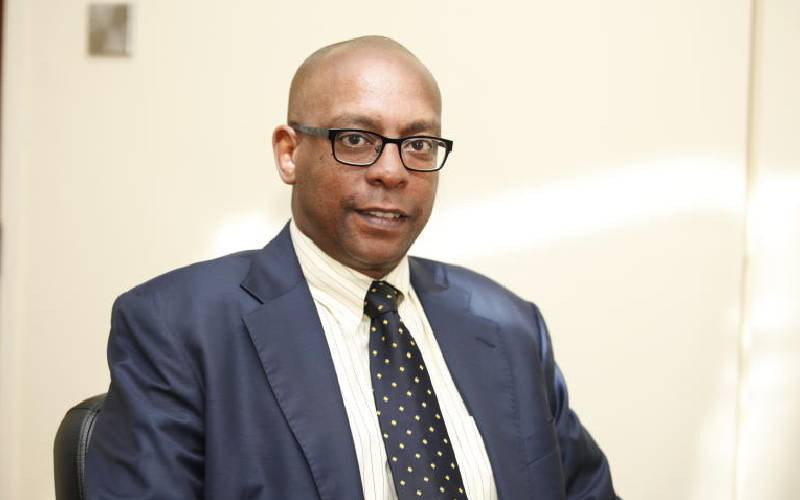 |
|
Housing Finance has launched a product that finances the extra fees required to procure a mortgage. |
By NICHOLAS WAITATHU
Housing Finance on Tuesday launched a new product aimed at making home ownership a reality for middle-income earners.
A majority of Kenyans in this bracket are capable of paying off a mortgage, but are unable to raise the deposit required by local financial institutions.
HF launched Ezesha — a product designed to finance the extra fees homeowners incur when procuring mortgage loans. These fees include upfront payments such as a down payment or deposit, stamp duty, valuation and legal fees, which account for about 15 per cent of the property cost.
Mortgage uptake
Frank Ireri, the institution’s managing director, on Tuesday said the product is expected to increase the uptake of mortgages.
“Although many borrowers fulfill the affordability requirements to repay their loans and are a good credit risk, they often struggle to come up with the deposit,” Ireri said.
For instance, a person seeking a mortgage of Sh6 million requires at least Sh900,000 for a deposit and to meet closing costs.
A report published in April this year by HassConsult, a property firm, showed that 80 per cent of Kenyans living in urban areas do not live in their own houses, implying that only 20 per cent own homes.
The report further noted that in the second quarter of this year, property buying was subdued, but rental activity rose sharply. This is despite tenants in the country spending a higher proportion of their income on rent than their counterparts in any other part of the world.
Owing to the high cost of credit in local banks, a majority of Kenyans have sought alternative financing options, including procuring loans from savings and credit cooperative societies (saccos) and micro-finance institutions that offer lower interest rates and more flexible repayment plans.
Providing affordable housing for the poor, low and middle-income segments (who account for 83 per cent of the demand) is further impeded by the fact that 80 per cent of new house constructions are targeted at upper-middle and high-income groups.
But even this income band is struggling with the high cost of mortgages. “It is in town houses that we are seeing the real impact of the current mortgage bottleneck,” said Sakina Hassanali, the head of marketing at HassConsult, in July.
Repayments
“Those who would have been buying town houses are finding the current high levels of mortgage repayments beyond reach, and so are moving to rent such houses instead. But landlords, looking at buying town houses as a buy-for-rent option, are facing a similar equation of returns that are not currently covering the cost of finance.”
Stay informed. Subscribe to our newsletter
But now, Ireri said, his institution will finance up to 105 per cent of the property value, which includes the property cost, stamp duty and professional fees.
Ireri stated that the growth in the middle income class on the back of improved economic conditions has resulted in increased demand for residential housing.
It is estimated that 4.3 million housing units will have been produced between 2008 and 2030. Of these, 2.2 million units, or 52 per cent, will be for low-income urban households.
 The Standard Group Plc is a
multi-media organization with investments in media platforms spanning newspaper
print operations, television, radio broadcasting, digital and online services. The
Standard Group is recognized as a leading multi-media house in Kenya with a key
influence in matters of national and international interest.
The Standard Group Plc is a
multi-media organization with investments in media platforms spanning newspaper
print operations, television, radio broadcasting, digital and online services. The
Standard Group is recognized as a leading multi-media house in Kenya with a key
influence in matters of national and international interest.
 The Standard Group Plc is a
multi-media organization with investments in media platforms spanning newspaper
print operations, television, radio broadcasting, digital and online services. The
Standard Group is recognized as a leading multi-media house in Kenya with a key
influence in matters of national and international interest.
The Standard Group Plc is a
multi-media organization with investments in media platforms spanning newspaper
print operations, television, radio broadcasting, digital and online services. The
Standard Group is recognized as a leading multi-media house in Kenya with a key
influence in matters of national and international interest.








